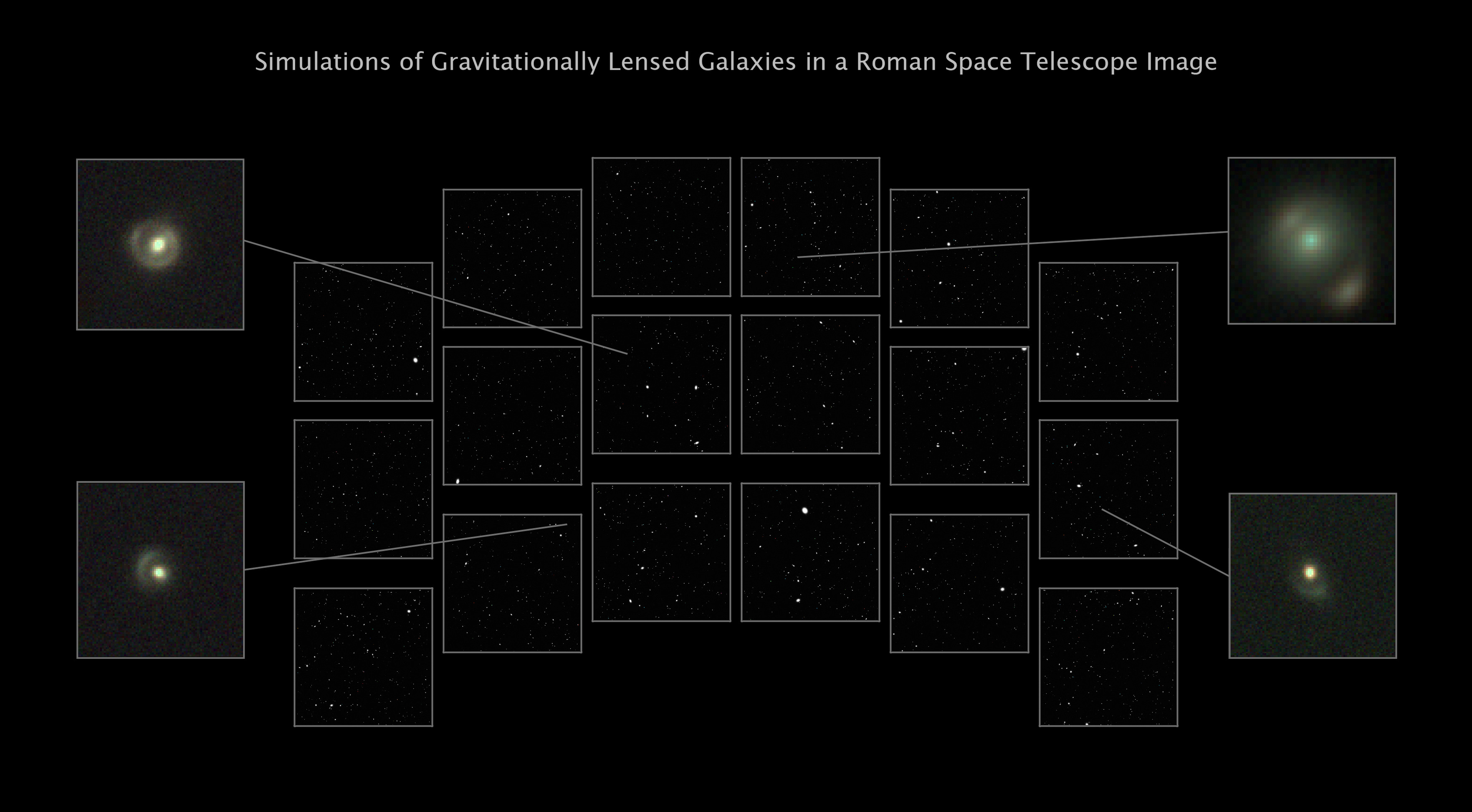2025-06-12 スイス連邦工科大学ローザンヌ校(EPFL)
<関連情報>
- https://actu.epfl.ch/news/toward-more-efficient-hydrogen-production/
- https://onlinelibrary.wiley.com/doi/10.1002/anie.202507071
水の酸化における最初のプロトン結合電子移動のメカニズム–水界面 Mechanism of First Proton-Coupled Electron Transfer of Water Oxidation at the –Water Interface
Dr. Yong-Bin Zhuang, Prof. Alfredo Pasquarello
Angewandte Chemie International Edition Published: 14 May 2025
DOI:https://doi.org/10.1002/anie.202507071
Graphical Abstract
The free-energy surface for the first step of the oxygen evolution reaction at the  –water interface is obtained through machine-learning potentials at the hybrid-functional level of accuracy. This work reveals that the proton transfer is the rate-limiting step, consistent with kinetic-isotope-effect experiments.
–water interface is obtained through machine-learning potentials at the hybrid-functional level of accuracy. This work reveals that the proton transfer is the rate-limiting step, consistent with kinetic-isotope-effect experiments.
Abstract
The oxygen evolution reaction (OER) at the  –water interface is considered to be the bottleneck of the overall water splitting at this aqueous interface. To provide insight into the mechanism of this reaction, the focus is set on the first proton-coupled electron transfer (PCET). The free-energy surface of this first step is obtained by combining on-the-fly probability-enhanced sampling and machine learning potentials at the hybrid functional level of accuracy. Our study reveals that proton transfer precedes electron transfer and determines the reaction barrier, consistent with kinetic-isotope-effect experiments. The calculated reaction barrier amounts to
–water interface is considered to be the bottleneck of the overall water splitting at this aqueous interface. To provide insight into the mechanism of this reaction, the focus is set on the first proton-coupled electron transfer (PCET). The free-energy surface of this first step is obtained by combining on-the-fly probability-enhanced sampling and machine learning potentials at the hybrid functional level of accuracy. Our study reveals that proton transfer precedes electron transfer and determines the reaction barrier, consistent with kinetic-isotope-effect experiments. The calculated reaction barrier amounts to  eV. The proton moves from the adsorbed water molecule to a surface O atom through a direct transfer mechanism. The hole hopping to the resulting hydroxide occurs via the mediation of a surface Bi atom. The presented framework can be generally applied to other PCET steps and other oxides, thus opening the door to a comprehensive investigation of the OER mechanism at oxide–water interfaces.
eV. The proton moves from the adsorbed water molecule to a surface O atom through a direct transfer mechanism. The hole hopping to the resulting hydroxide occurs via the mediation of a surface Bi atom. The presented framework can be generally applied to other PCET steps and other oxides, thus opening the door to a comprehensive investigation of the OER mechanism at oxide–water interfaces.




